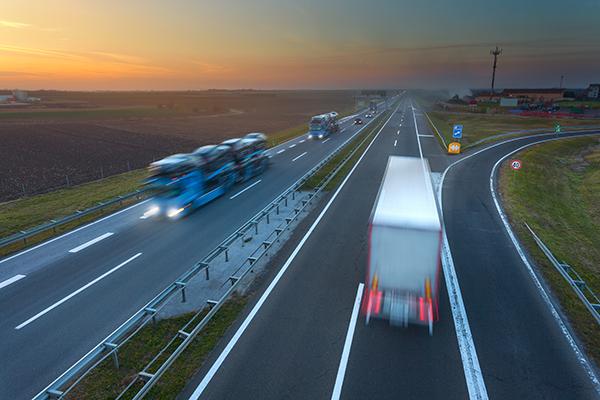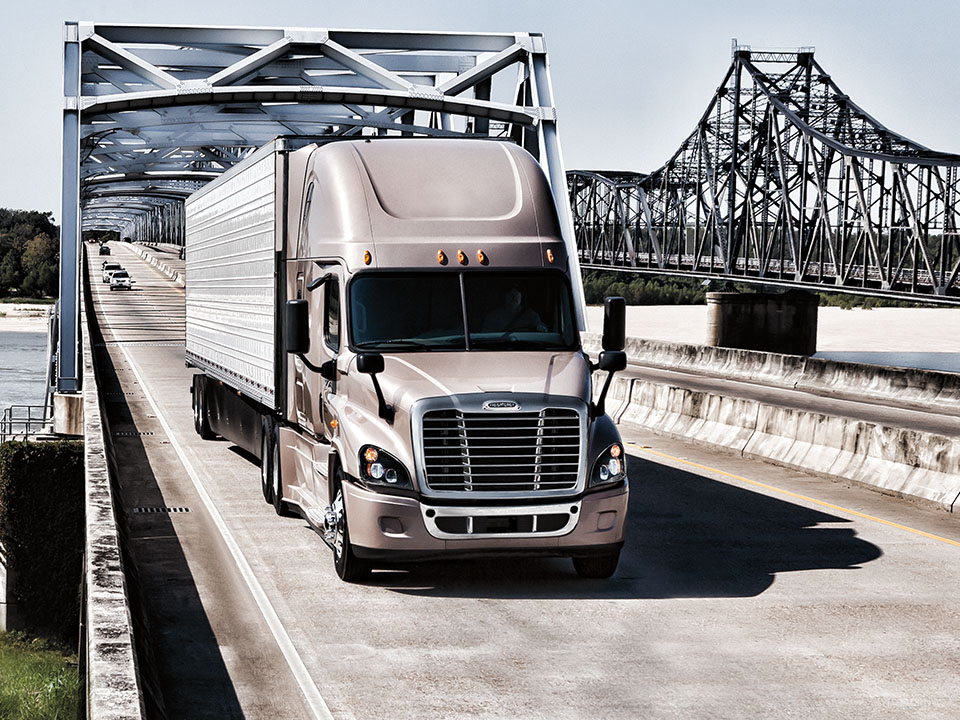Last week, I posted the first part of this blog, dealing with the ways new technology is impacting the trucking industry. As I said then, how you manage that disruption can make the difference between moving forward and falling behind. The first two trends are (1) advances in telematics and (2) the uberization of trucking. Here are the final two trends that will most impact our businesses and the industry in general:
- Last Mile Delivery – This trend is garnering lots of attention since Walmart publicized its test use of employees to deliver online-ordered packages to customers that are on the employee’s route home. Regardless of this or Amazon’s drone delivery, businesses are trying to find more traditional ways to get their goods to customers faster and at less expense.
- Advantages – As is made clear above, the closer you are from the shipping point to the customer, the faster the delivery (which makes the customer happy) and the less is spent on time and fuel. The proximity means less chance of late delivery due to weather conditions, drivers exceeding HOS, construction, or a range of other issues which plague long-range delivery.
- Challenges – Some companies have decided to build DCs in more centralized locations, so that’s a cost that has to be considered. Another cost factor to consider is whether or not you’re able to guarantee that there is enough freight to optimize the use of a vehicle. Proximity won’t matter if a truck is partially empty. Plus, unless a company has its own advanced logistics department, they may have to hire a supply chain engineer to ensure that everything is going where it’s supposed to go in the shortest amount of time possible.
- Dealing with Challenges – This is another case where shippers need to do their due diligence to decide what works best for their specific business. We’re actually working with some customers on cross-docking, which is a win-win-win for drivers, carriers, and shippers. In this case, over-the-road drivers will deliver the freight to a common location, leave that load in a specified drop-off point and return back to their origin…no issues with traditional unloading at docks, no detention issues. That extra time is something over-the-road drivers greatly appreciate. For carriers, that speed of return gives them the opportunity to do more business as load space may be available days earlier than if they had to follow the traditional unloading practice. For shippers, they can consolidate product that comes from different locations into one full shipment.
- Driverless Trucks – When autonomous (or driverless) trucks will become a reality on the road varies depending on whom you believe, but most believe it will happen within this decade. What we can say is that autonomous trucks will undoubtedly not be “human-less” trucks. You’ll likely need someone on board for the near and distant future to guarantee that unforeseen issues can be dealt with.
- Advantages – Though technical issues still exist, proponents believe that once these issues are resolved, autonomous vehicles (cars and trucks) will be much safer than their human-driven counterparts. But the advantages go beyond the safety factor, although a lower rate of accidents translates into savings in both time and money for carriers. In addition, the technology in autonomous trucks will enable safer platooning, which ultimately can result in significant fuel savings. Another advantage addresses the driver shortage. If autonomous trucks turn the position of driver to more of a technical position, that may attract more young talent.
- Challenges – Autonomous trucks won’t be cheap. These vehicles, with their load of technology will be quite costly and potentially beyond the affordability for smaller companies. There’s also the fear that the technology could fail and an 80,000-pound truck in an accident can cause a lot more damage than an accident involving a passenger car. We’re assured by the proponents that the technology is safer than a human driver, but situations can still arise that need the knowledge and expertise of a professional, experienced driver. It’s a matter, once more, of trust. It will probably take time before the general public and most businesses will trust having the nation’s highways filled with driverless trucks.
- Dealing with Challenges – You don’t have to wait for driverless trucks to take advantage of today’s technology that’s enhanced truck safety. From parking assist to lane assist warnings to technology that’s able to monitor the health of the driver, technology that will ensure greater safety and reduce risk is available. Though costly, it would make sense to do a cost-benefit analysis to ascertain the ROI on installing such technology
The bottom line is this: whether you like it or not, fighting these advances is futile. The future is NOW.
Read the first part of this blog series.





